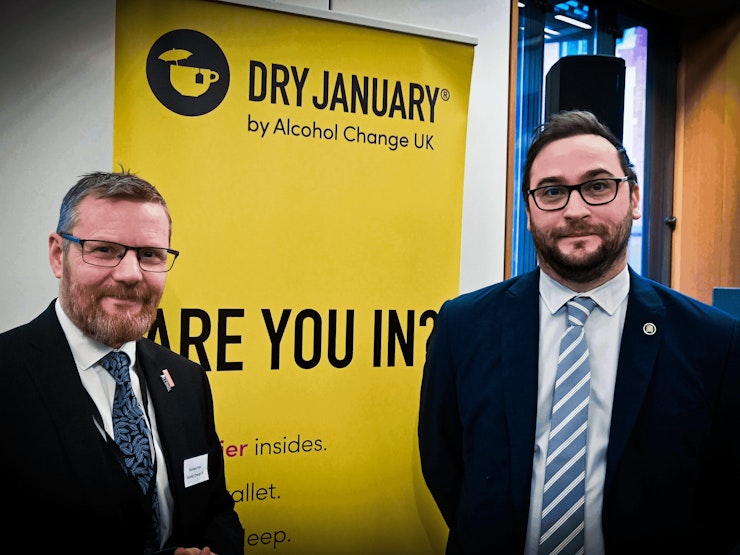While we may think of MUP as a new and perhaps radical idea, the use of pricing measures to influence alcohol consumption has a long history, from the Gin Acts of the 1700s onwards. So, what’s changed?
Well, quite a lot and not so much. Back in the 1750s taxation was a blunt instrument, which was mostly used to raise the government extra revenue – but with the additional consequence of reducing consumption, particularly among the lowest income households. Today, research and the recent example of MUP in Scotland suggest that MUP is an effective measure to reduce consumption. Pricing measures are still criticised as being a ‘poor tax’ – but early findings from MUP in Scotland show that while alcohol consumption has decreased most in lower income households, as this is the population that is most affected by alcohol-related harm the measure appears to be targeted effectively.1 New research published today [18 February 2020] has shown that another pricing measure, increasing alcohol duty, does not disproportionately affect lower income households.2
But there’s more to learn from looking to the past. If we look back at the gin epidemics of the 1700s, we see that following new pricing measures consumption soon returned to pre-taxation levels. Research suggests3 that interventions to reduce consumption are likely to be short-lived unless the adverse consequences of excessive drinking are acknowledged and broadly accepted by the population. In 2017/18 there were almost 55,000 alcohol attributable hospital admissions in Wales.4 MUP alone will not solve the problem.
In particular, there is still much to be done to reduce the stigma associated with alcohol dependence and to ensure high-quality alcohol treatment is available and accessible to everyone who needs it. Support for the family and loved ones of alcohol dependent people is just as important.
Changing drinking cultures is important too. As Wales discusses MUP over the coming weeks and months, I hope that the conversation will broaden to consider the role that alcohol plays in our society, and to explore how we can ensure that drinking is an option, rather than the default.
Alcohol harm is a complex issue, so the solutions are complex too. MUP is one of a jigsaw of measures which, together, would reduce the avoidable pain, hospital admissions and deaths caused by alcohol. I look forward to its implementation in Wales, and hope that the UK government will follow suit – and that governments across the UK will treat alcohol as the major, cross-cutting issue it is to ensure that we can make a change that lasts.
- O’Donnell et al, 2019, Immediate impact of minimum unit pricing on alcohol purchases in Scotland: controlled interrupted time series analysis for 2015-18, BMJ 2019; 366. https://www.bmj.com/content/366/bmj.l5274
- Bhattacharya, A., 2019, Who pays the tab? The distributional effects of UK alcohol taxes. http://www.ias.org.uk/uploads/pdf/IAS%20reports/rp40022020.pdf
- Warner et al, 2001, Can legislation prevent debauchery? Mother gin and public health in 18th-century England. American Journal of Public Health 2001, Vol 91 Issue 3.
- Public Health Wales, 2019, Data mining Wales: The annual profile for substance misuse, 2017-18


